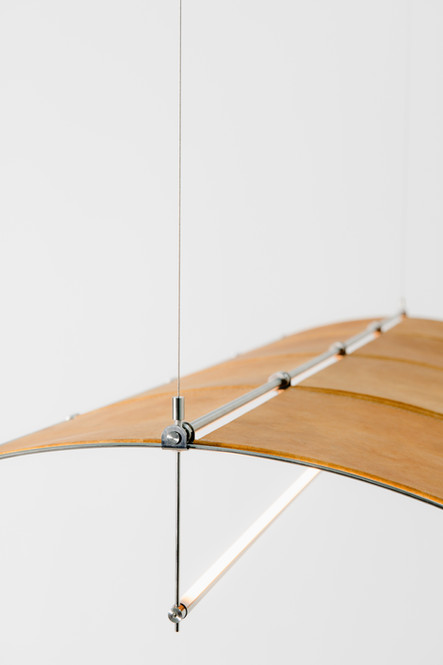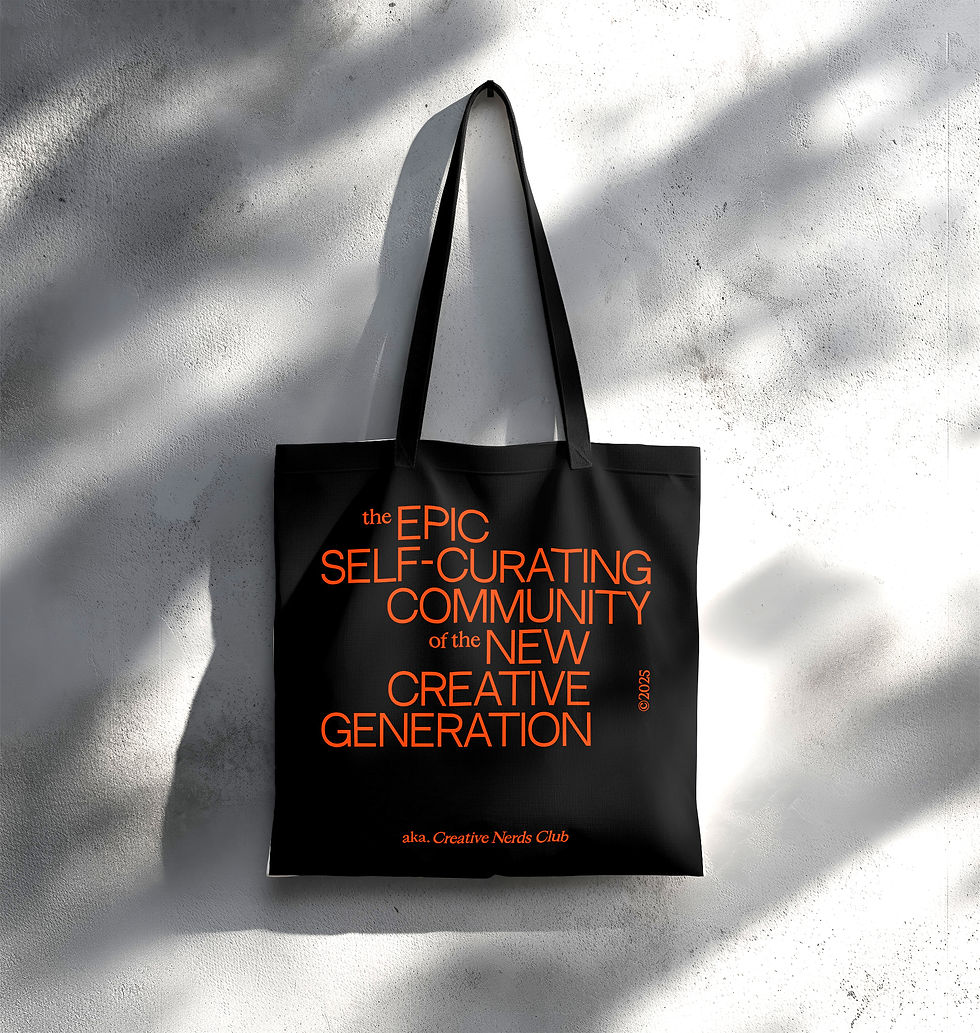Frederik Gustav | Design Duo
- Onur Çoban

- Aug 26
- 5 min read

Frederik Gustav, image by Benjamin Lund
Copenhagen-based design duo Frederik Weber and Gustav Dupont transform function, scale, and context through their work that navigates design, architecture, and art. Their practice is fueled by the curiosity and excitement arising from experiments in construction techniques, channeling this energy into works that play with function, explore composition, and turn materials into sensory tools. Their interest in materials such as wood is reflected in the way they leave structures exposed and visible. They use craftsmanship not only as a technical skill but also as a narrative tool, making stories that span from the context of a space to societal tendencies, and from notions of beauty to construction principles visible. Each project emerging from their Amager workshop opens the door to the next, creating a continuously evolving language of structure and aesthetic memory.
We discussed with the duo their curiosity-driven production processes, investigations with light and materials, sources of inspiration, and plans for the future.
Interview: Onur Çoban
Who is Frederik & Gustav? Can you briefly introduce yourself?
We are Frederik Gustav – a Copenhagen-based design duo founded by Frederik Weber and Gustav Dupont (its just us). With a shared background from the Royal Danish Academy, we work between design, architecture, and craftsmanship. From our studio at FABRIKKEN (the Factory) on Amager, we develop projects ranging from furniture and objects to large-scale installations, often with a focus on structures, materials, and light.
How would you define your design philosophy?
Our design philosophy grows out of curiosity and making. We like to explore directly through building and let the process guide us, often discovering ideas along the way rather than planning everything in advance.
We are especially interested in how construction principles and building logics can be reinterpreted and translated into new contexts – whether that becomes an object, an installation, or a space. By keeping the structures visible, the way something is made becomes part of its expression. Each project naturally leads to the next, keeping our practice open and evolving.
Reflector, VÆRKTØJ2, images by Peter William Vinther
What factors do you consider when conducting material research or selecting materials for new projects? Could you tell us a bit about your material choices in your work?
We often choose materials based on the inspiration we encounter along the way. The physical properties of a material are usually the starting point, and this is where the process begins. It is therefore rarely the case that we first design a project and only afterwards decide on the material – more often, the material is defined from the very beginning and shapes both the construction and the outcome.
When working with light, we take a very practical and explorative approach. We test how different materials respond to it – whether they reflect, filter, or create varying degrees of opacity. Unexpected and sometimes beautiful results often emerge in this process, precisely because we experiment openly and intuitively without knowing the outcome in advance.
Paperwork, images by Benjamin Lund
Can you share a bit about the production process in your projects?
We often choose materials based on the inspiration we encounter along the way. The physical properties of a material are usually the starting point, and this is where the process begins. It is therefore rarely the case that we first design a project and only afterwards decide on the material – more often, the material is defined from the very beginning and shapes both the construction and the outcome.
When working with light, we take a very practical and explorative approach. We test how different materials respond to it – whether they reflect, filter, or create varying degrees of opacity. Unexpected and sometimes beautiful results often emerge in this process, precisely because we experiment openly and intuitively without knowing the outcome in advance.
Among your projects so far, which one has excited you the most in terms of the design process and the final outcome?
We often choose materials based on the inspiration we encounter along the way. The physical properties of a material are usually the starting point, and this is where the process begins. It is therefore rarely the case that we first design a project and only afterwards decide on the material – more often, the material is defined from the very beginning and shapes both the construction and the outcome.
When working with light, we take a very practical and explorative approach. We test how different materials respond to it – whether they reflect, filter, or create varying degrees of opacity. Unexpected and sometimes beautiful results often emerge in this process, precisely because we experiment openly and intuitively without knowing the outcome in advance.
Palmes Center Court, images by Peter Willam Vinther
Can you tell us about the sources of inspiration behind your work? Who are the names you follow with interest, either in this field or across different disciplines?
We see ourselves as part of a Danish design tradition shaped by functionalism, minimalism, and honesty. A core idea in that tradition is that nothing should be hidden – every element should be purposeful and beautiful, whether seen from above, below, or inside out. This principle runs deep in our work, where we try to expose and celebrate each component as part of the aesthetic expression.
At the same time, our inspiration rarely comes from specific figures or “heroes.” Instead, it often grows out of what we notice around us – small mechanical details, tectonic encounters between materials, or structural principles that we reinterpret and use as a starting point for new projects. What interests us is the aesthetic potential of these elements: how construction, material meetings, and mechanisms can create their own expression.
Pylon, images by Benjamin Lund
Are you excited about the future? What plans do you have ahead?
We definitely have new projects in the pipeline – among them the upcoming Værktøj exhibitions, which we co-founded together with Kasper Salto, Jonas Trampedach, and Michael Antrobus. Værktøj is an ongoing exhibition format that focuses on the role of tools in design and making. Each edition highlights a specific tool as the starting point for new works: Værktøj 1 explored a flat bar bender (tool), Værktøj 2 a hydraulic press (tool), and Værktøj 3 – still to be revealed – will be presented during 3daysofdesign in Copenhagen.
At the same time, the past 3–4 years have been incredibly intense, moving from one project straight into the next. Because of our practical and experimental approach – and because inspiration is always close at hand – we tend to generate ideas quickly and feel an urge to execute them right away. It’s exciting never to run out of ideas, but it also means we rarely stop to focus on presenting the projects to producers or clients.
Looking ahead, we hope to slow the pace a little – not in terms of creativity, but in taking the time to bring the works we’ve already created out into the world. We want them to live beyond exhibitions and “white cubes,” and to find their way into people’s hands and everyday contexts.

































































